Peperomia Dolabriformis Tissue Culture
$7.11
Peperomia Dolabriformis or ‘Dalchini’ is a Mediterranean plant, native to the Mediterranean basin. Its botanical name is ‘Valeriana Wallacea’. It is also known as ‘wild cress’ and ‘cactus root’. The genus contains several species that are very useful in Mediterranean agriculture and gardening.
Out of stock
SKU: PEPDOL800105T
Category: Tissue culture
Peperomia Dolabriformis Uses:-
- The bark of the Dolabriformis tree contains many chemical compounds that are active against fungi and bacteria. For this reason, the bark can be rubbed off the surface of the tree. This practice, called “berriesinging,” has been used for centuries in Central America by herbalists and others who believe that the tree possesses antibacterial, anti-viral, and antifungal properties. Peperomia Dolabriformis has also been used in the fields of acupuncture, massage, nutritional therapy, and homoeopathy. Research studies in China have also shown the effectiveness of the extracts from the Peperomia Dolabriformis tree against inflammatory diseases such as arthritis and psoriasis.
- Besides its many medicinal and aromatherapy uses, the Peperomia Dolabriformis tree is also widely cultivated as a timber tree, which provides an abundant source of supplies. This makes it a very sustainable choice, as it doesn’t require replanting. However, if you’re growing the tree in your garden, keep in mind that it needs a lot of room. One of the health benefits of Peperomia Dolabriformis that most people don’t realize is that it can double its density in as little as three years. It also tends to produce spore bundles that can cause disease in your garden.
Peperomia Dolabriformis Health Benefits:-
- Peperomia Dolabriformis is also known as Mexican Willow, Pterocarpus santalinus or Dog’s Tooth. It is a perennial vine that grows up to 15 meters tall and is known to be a shade-loving perennial. Its flowers are small, white-coloured, and are borne on underground stems. The plant grows in dry, rocky soil. Its roots are entirely green, unlike other cacti which have leafy root systems. This tree has many unique features and provides several health benefits.
- P. Dolabriformis leaves are needle-like and are surrounded by a band of whitish tissue at the centre. They are long and thin and appear to be somewhat deformed when taken off of the plant. There are no visible seeds inside the leaves and they are herbaceous. The main stem of the plant also called a pseudobulb, is yellow and has several leaves around it. The middle section of the pseudobulb section contains several minute branches that form a ring on it.
- In addition to the distinctive needle-like leaves of the Cordifolia tree, it also has some fleshy green sprigs or blossoms that hang from the branches. There are several species of the Cordifolia genus, but only two of them produce true leaves that grow in the upright form. These two species are the same as the common name “P.Dolabriformis.” Cordifolia trees can be found growing all over Mexico, Central America, and the Caribbean. In the United States, they grow mainly in the southern states.
- The root system of the Cordifolia tree is long and tapering. As a result, the tree can grow along with any type of surface, even dirt. Peperomia Dolabriformis trees usually require fairly stable soil that has good drainage, so planters with shallow holes and well-drained soil are ideal. This will also ensure that the tree doesn’t become susceptible to freezing or thawing.
Peperomia Dolabriformis Properties:-
- Peperomia Dolabriformis is a slow-growing perennial that grows to a height of only a few feet. You can find it in the sunny or semi-shaded parts of its range, such as the southern Mediterranean, Africa, Australia and some parts of the US. In nature the plant prefers a rich soil with lots of nutrients – it takes hardly any fertiliser at all. If you’re growing it in containers then it needs to be kept in a very dry condition, so add some coarse sand or grit to the bottom of the pots to help keep the soil particles soft.
- Like many members of the family, it has glossy green leaves. It has six inches long, oval leaflets and one big leaf. It’s a beautiful plant with classic bluish-green foliage. The flowers look like tiny daffodils, and the fruit is an interesting yellow / red capsule. The capsules contain volatile oil and are used in aromatherapy and cosmetology.
- The most important identifying features of the Peperomia Dolabriformis plant are the two pairs of leaflets that run down its side. These can be spread out to reveal the long stems underneath. As the plant grows up, new leaves take the place of the older. The plant blooms in May / June and the main flowers drop off in August.
- If you want to grow Peperomia Dolabriformis plant from seed, there are three main varieties that you can choose from Ligustica, Lituranga and Syzygium. Most of the plants produce ‘leaves’ but the other two do not. The leaves of Ligustica have a broadleaf shape, while those of Lituranga have pointed tips.
- The plant produces a variety of different sized blooms. The most common are the ones that are a couple of inches long. The other flowers have a pear-like appearance and are more often than not yellow. They also have a short life span.
- When you plant the Peperomia Dolabriformis, it will produce new shoots and branches. You can divide and replant your plants as desired. Before you replant, it is important that you first water the roots well. The roots of this ‘plantain’ are quite shallow, so water should be applied frequently during the time of growing.
- When you begin to notice the ‘leaves’ sticking up, you can remove them. These ‘leaves’ are actually the baby roots. When these roots begin to grow they can reach up to six inches in length. If the plant is bothered by insects, you may have to remove the entire foliage until it can survive. Then, when the new growth has developed, it will grow like a typical rose.
- If you wish to speed up germination of the seeds, you can simply plant them on a south-facing part of your garden. It will also help if you cover the top of the container with a plastic lid. This will keep the moisture contained so the seedlings have a better chance of developing properly.
- You can also use a trellis or pot to fasten your Peperomia Dolabriformis plant to a stake. This will ensure it gets the best chance of developing properly. If the weather conditions in your area are not ideal for growing this type of flower, you may have to move it to an area that is more ideal for your needs. The leaves will turn yellow and drop off if exposed to too much sun and rain.
- If you are going to replant the plant, make sure that the soil is rich in nutrients. This will allow the root system to grow at its full capacity. It is also advisable to fertilize your plant once each month. However, you may want to wait until spring to start fertilizing. Fertilizer is not necessary during the winter months.
Be the first to review “Peperomia Dolabriformis Tissue Culture” Cancel reply
Related products
Tissue culture
$8.82
Tissue culture
$7.53
Tissue culture
$6.87
Tissue culture
$4.50
Tissue culture
$6.87
Tissue culture
$7.74
Tissue culture
$7.38
Tissue culture
$9.33

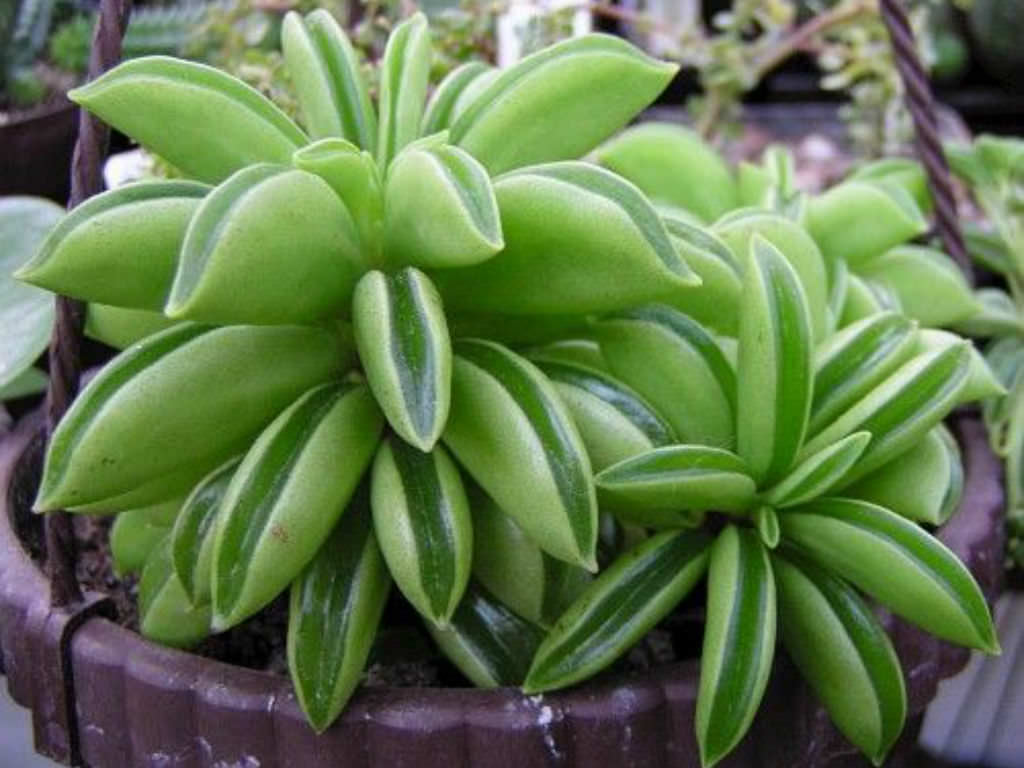


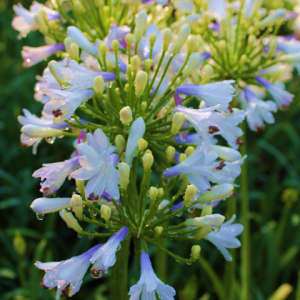
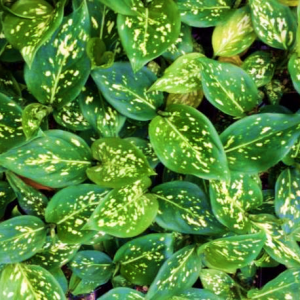
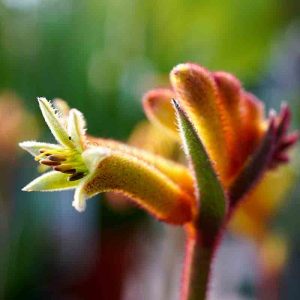
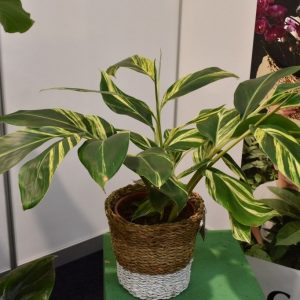
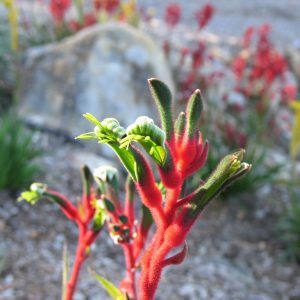
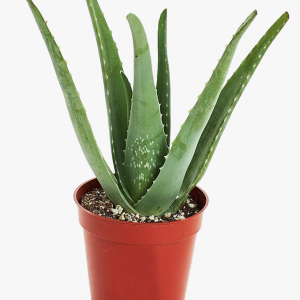
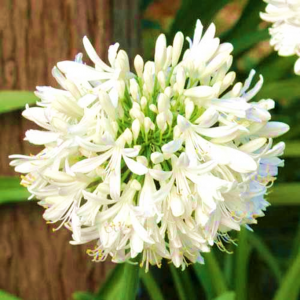
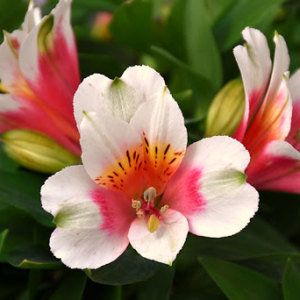
Reviews
There are no reviews yet.